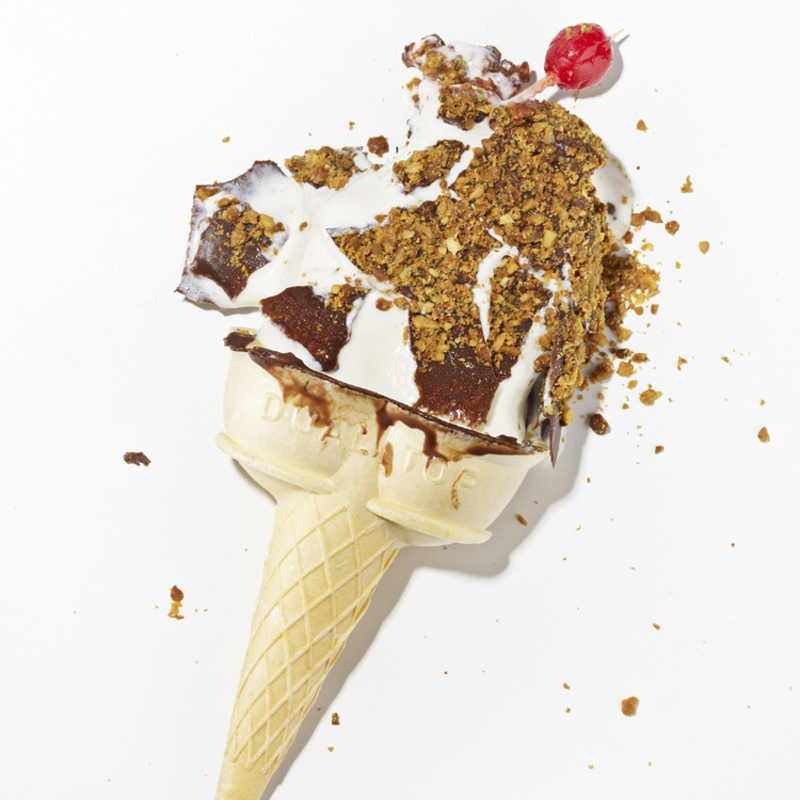Debbie Lee’s Seoultown Kitchen
Our interview with the Korean pub grub master chef


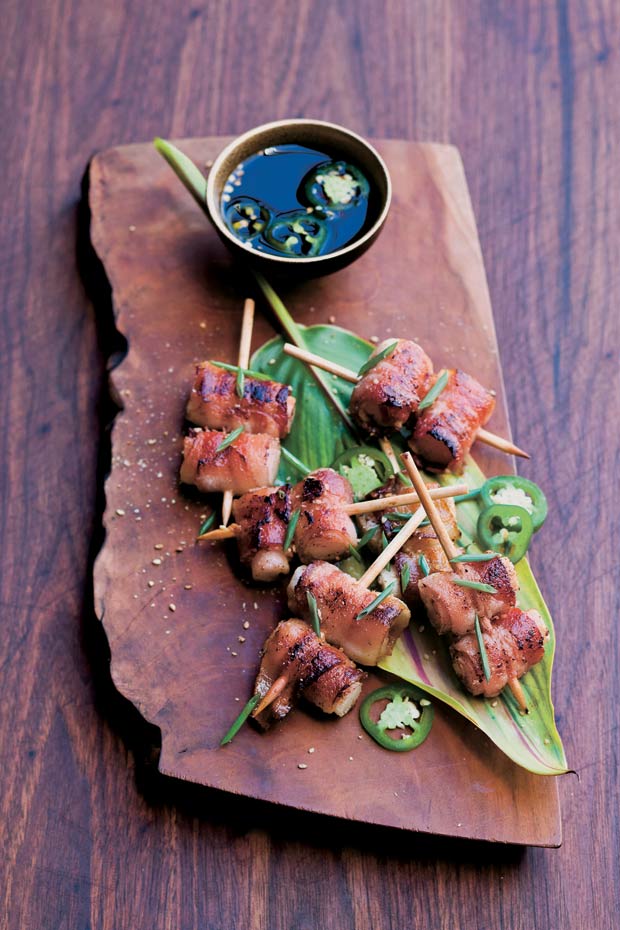
Korean ingredients are popping up in the most unlikely of places. A few years ago a kimchee slider would have been a curiosity, but now in cities across the country bibimbap-inspired breakfast dishes and Korean flavor in comfort foods are taking their place in the culinary scene. Chef Debbie Lee has made a name for herself creating menus at several restaurants, appearing on the Food Network and now, with her new cookbook, Seoultown Kitchen, she shares her take on Seoul’s pub grub with recipes for small plates, skewers and cocktails.
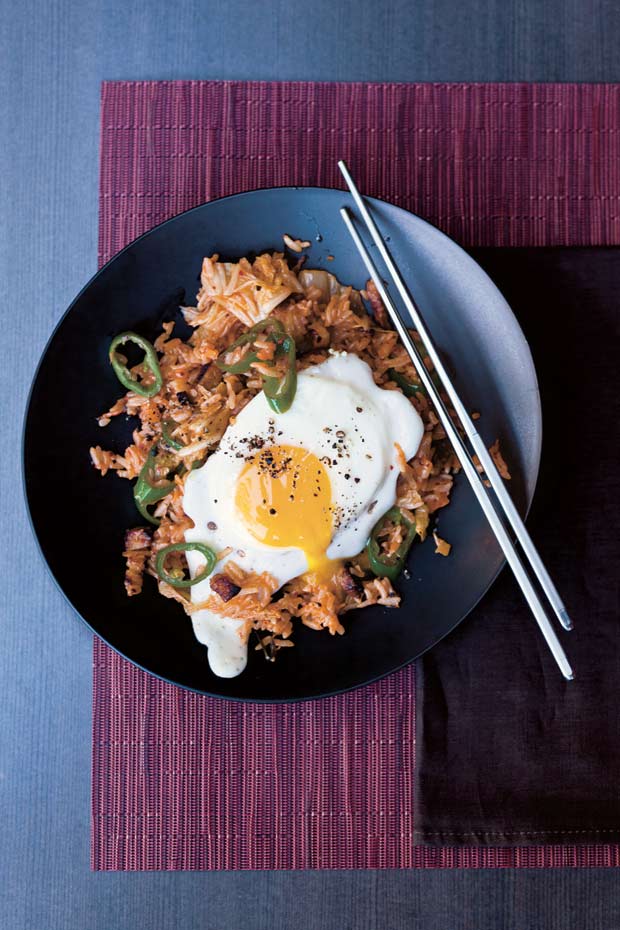

Lee lives in Los Angeles, a city home to a massive Koreatown estimated to have more than 3000 restaurants, from Korean BBQ joints and noodle houses to tofu hot pot cafes, not to mention dozens of bars. For the last year she has been rolling around town in her Ahn-Joo food truck serving up her favorite Korean pub grub dishes, and has a brick-and-mortar snack bar set to open. We asked “Chef Deb” to sit down for a beer and a bite—spicy kimchee fried rice—to talk more about the cookbook, as well as the tastes of her childhood, her love of bar food and the origin of her Korean nachos.
Why is Korean food so popular in LA?
Korean food has become part of daily food culture in several cities across the U.S. People have caught on not only to the great flavors and textures of the cuisine, but also their range of uses. Whether you are eating a classic bibibap or if you are jazzing up a burger with some kimchee, what’s not to love?
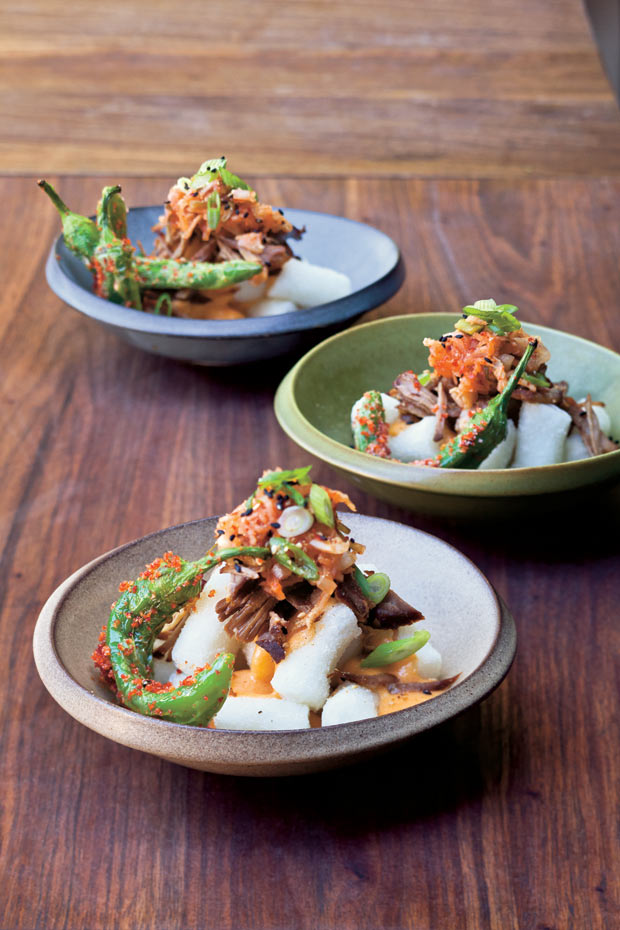
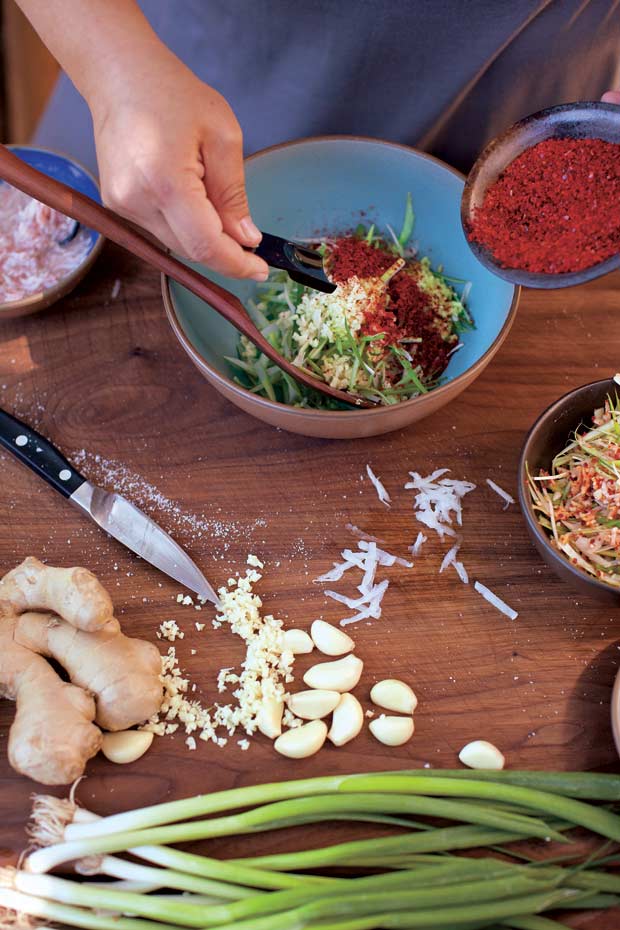
What led you to focus on Korean pub food?
It’s my favorite way to eat. Being a chef and working restaurants all day long, Korean pubs are great to go to for a late-night meal, have a drink and unwind with your friends. It’s a ritual in Korean pop culture, contrary to the notion that we eat Korean BBQ every day. Galbi is like our steak and is eaten on special occasions, not for daily dining.
How do you develop your recipes?
A lot of it comes from my childhood with my grandmother in the kitchen. Then having my own interpretation of my favorite items that I order in a Korean pub.
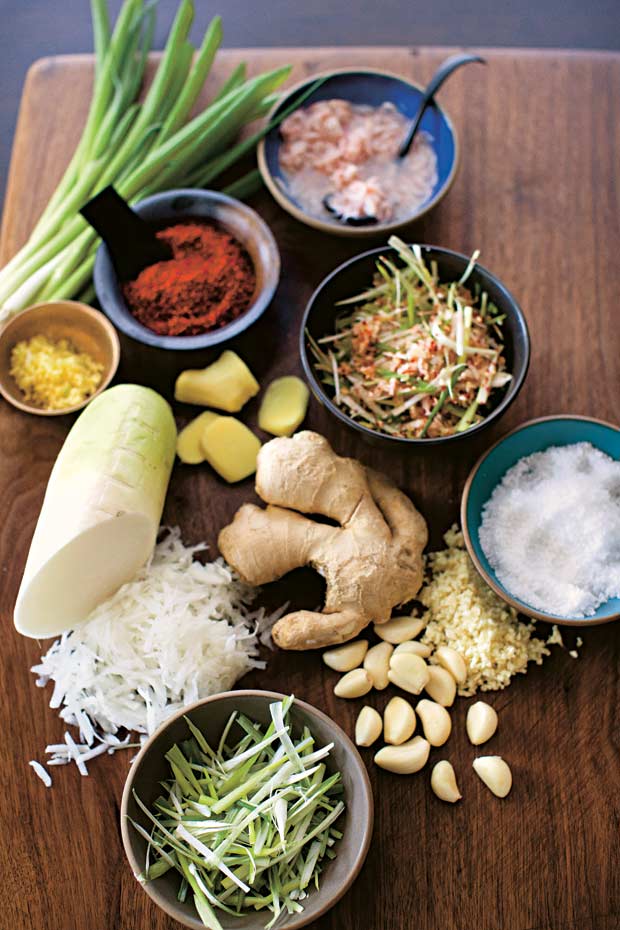
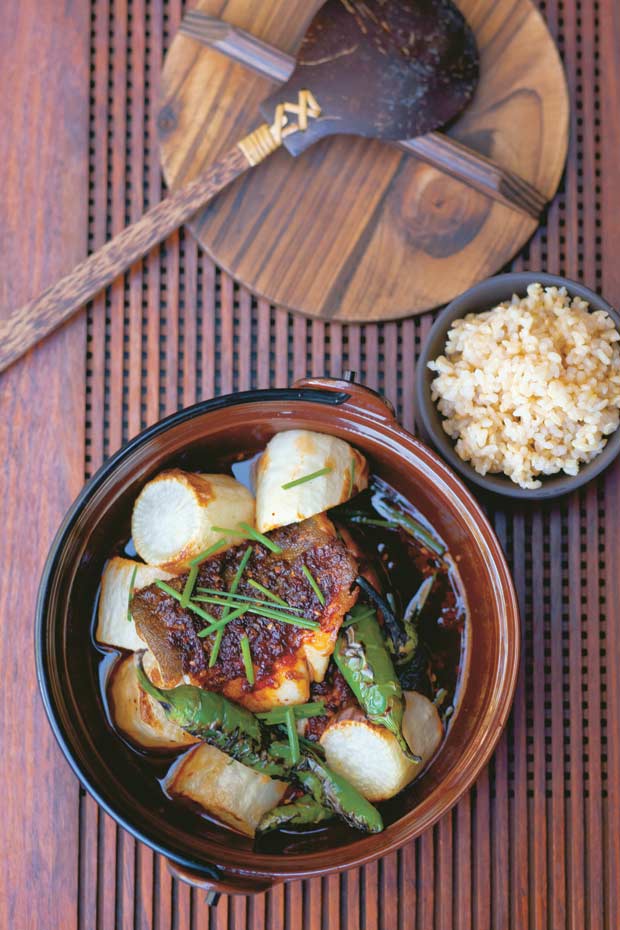
Where did the idea for your Korean nachos come from? Did you feel you needed to include a fusion dish or are they just ingredients that you felt were destined to be served together?
The concept of the Korean nacho was inspired from the classic take on tteokbokki. Typically the dish is wok-tossed with vegetables, sometimes pork belly and chile sauce. Nowadays the thing to do is to top it with cheddar or mozzarella cheese and broil it. So it got me thinking of taking it apart in a separate way while still keeping the concept of the original dish.
Your popular Ahn-Joo food truck has been rolling around LA for a while. Where can people taste your Ahn-Joo menu now?
On 10 November my brick and mortar Ahn-Joo will be open daily at the Americana at Brand in Glendale, California. A true Korean snack bar!
Check out Chef Debbie Lee’s recipes for kimchee fried rice and Soju sangria after the jump, and watch a Korean grandmother’s tutorial on how to make kimchee here.
Kimchee Fried Rice
There are two things that I always want when I’m in a Korean pub: One is Korean fried chicken and the other is kimchee fried rice. Kimchee fried rice is the ultimate bar food and is great with a cold beer or a bottle of chilled soju. The spicy flavor of this quintessential fried rice melds perfectly with the sweetness of the twice-fried pork belly and the creamy texture of the fried egg yolk. It’s the best thing to make with surplus rice and kimchee. If you don’t have pork belly, I suggest using bacon, hot dogs, or even Spam.
Serves: 4
Prep time: 15 Minutes
Cook time: 20 Minutes
1/4 pound pork belly, skin off, cut lengthwise into 1/4-inch slices
1/4 cup soy sauce
1/4 cup mirin
Sea salt and white pepper to taste
2 tablespoons sesame oil, for frying
2 cups kimchee, julienned
1/4 cup Korean peppers (gochu), sliced into rings
4 cups cooked Calrose rice, chilled
1/4 cup kimchee juice, poured from a kimchee jar
1/4 cup chopped scallions
1 tablespoon vegetable oil
4 eggs
1 tablespoon roasted and salted sesame seeds, for garnish
In a medium mixing bowl, combine the pork belly, soy sauce, and mirin. Season with salt and white pepper. Set aside. Heat a skillet over medium-high heat. Sear the pork belly for 3 to 4 minutes on each side until the marinade caramelizes on the meat. Set the skillet aside, letting the pork continue to cook off the heat for about 10 minutes. Slice crosswise into 1/4-inch strips and transfer to a bowl. Heat a wok or large nonstick skillet over medium-high heat. Add the sesame oil and warm for 1 minute. Add the reserved pork belly, kimchee and Korean peppers and sauté for 3 to 4 minutes, stirring constantly. Add the rice and break it up with the back of a wok ladle, tossing
constantly to prevent it from sticking to the wok. Add the kimchee juice and scallions, and season with salt and white pepper. Remove from the heat and set aside. Heat another nonstick skillet over medium-low heat. Add the vegetable oil and warm for 1 minute. Crack the eggs into the pan and cook sunny side up until done. Season with salt and white pepper. Place a mound of fried rice on 4 separate plates and top each mound with a fried egg. Garnish with the sesame seeds and serve immediately.
Soju Sangria
I highly suggest making this the day before, so the fruits have time to steep with the soju.
1/2 cup grapes, cut in half
1/2 cup diced Korean pear- shingo
1/2 cup diced mango
1/2 cup diced plum
One 375-ml bottle of soju
One 8-ounce can aloe vera juice
1 ounce Grand Marnier
2 ounces simple syrup
1 lime, cut into lime wheels and then quartered, plus 4 wheels, for wine glass garnish
In a large container with an airtight lid, combine all the ingredients
except the garnish. Mix well and cover. Refrigerate for at least a couple of hours, if not overnight. Transfer to a serving pitcher and pour into the wine glasses. Garnish with
lime wheels.

